Famous female photographers bring a refreshing perspective to the traditionally male-dominated fields of art and photography. Each possesses a unique style that stands to inspire other women in the industry.
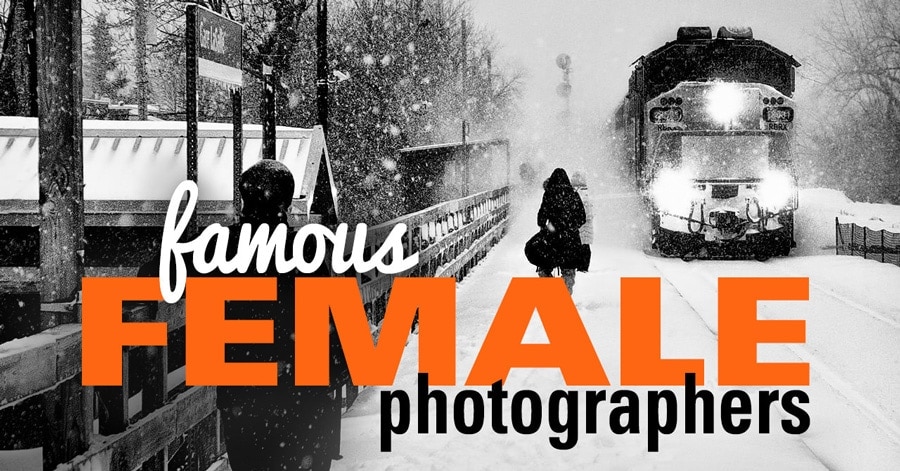
For me the subject of a picture is always more important than the picture. And more complicated.
Diane Arbus
The current landscape of photography owes much to the courage and passion of these 21 astounding photographers, who unite under one remarkable trait—their genre. Historically perceived as a sphere primarily for men, photography has evolved into a sublime form of both art and discipline, greatly due to the conviction and contributions of these incredible women.
Famous Female Photographers in History
In our “Famous Female Photographers” list, we pay tribute to the impact of great photography amidst the rush of today’s quickly changing media landscape. With excitement for photography and lists, we’ve chosen 21 standout female photographers from the 20th century to highlight.
Artists like Francesca Woodman and pioneers such as Gerda Taro show how women have shaped photography. Without the work of these 21 famous women, photography wouldn’t be what it is today. Selecting just a few was tough, but we’re eager to showcase our top 21 famous female photographers.
1. Annie Leibovitz (1949 – )
Annie Leibovitz’s style has made a significant mark on art photography. Growing up in different cities in the United States, her early experiences with photography started at home and influenced her approach. She took her passion further by studying photography at the San Francisco Art Institute in 1970.
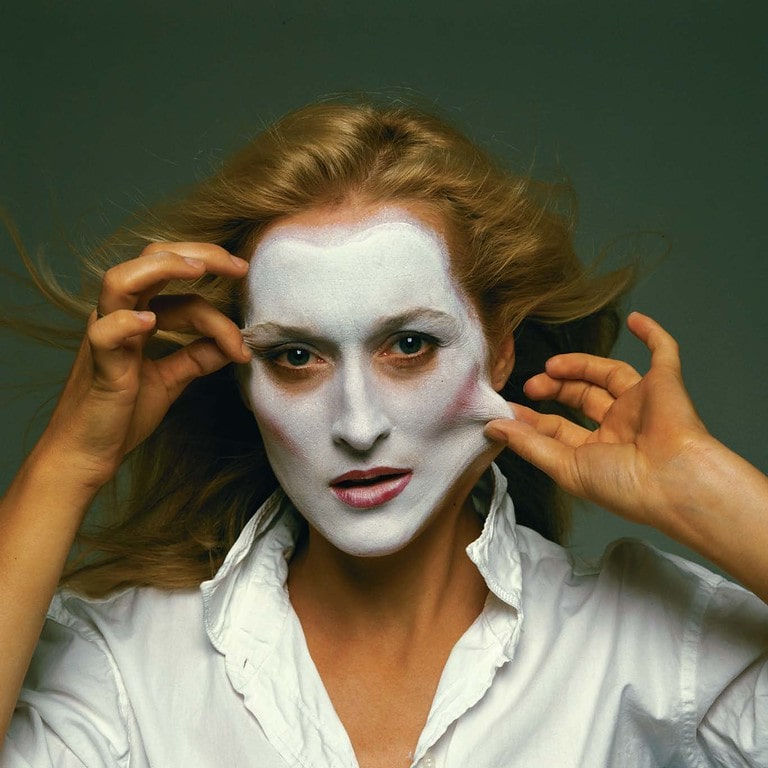
Her photography stands out for its thoughtfulness and deep ideas. Just months after her studies began, one of her photographs landed on the cover of Rolling Stone magazine in 1971. This was just the start of a series of notable achievements.
In 1973, Leibovitz became Chief Photographer for Rolling Stone, a title she held for a decade before joining Vanity Fair. Her images during this period defined the visual style of these publications.
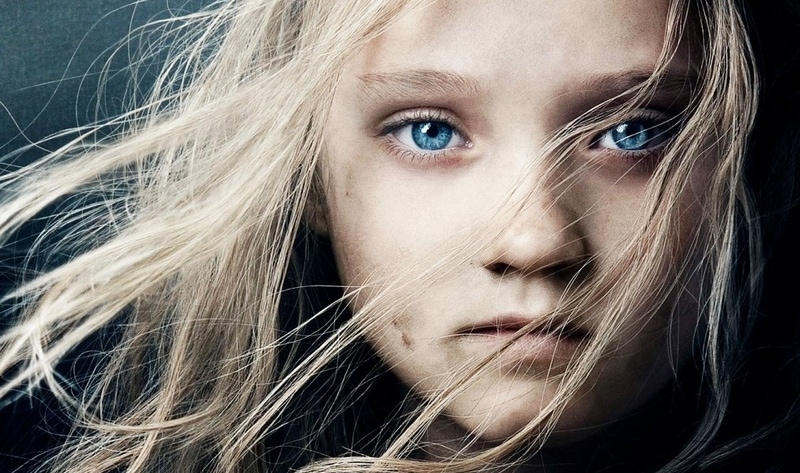
Leibovitz’s work is influenced by other great photographers like Robert Frank and Henri Cartier-Bresson, who were masters of documentary and street photography. She also drew inspiration from Richard Avedon’s sophisticated portraits.
Contributions by writer and essayist Susan Sontag played a significant role in enriching Leibovitz’s work, pushing her to explore new depths in her photographic storytelling.

Today, Leibovitz is best known for her celebrity portraits. She captures famous faces with a mix of drama and intimacy. Each photo is carefully crafted, full of complex ideas. Without a doubt, her most famous image was the last picture taken of John Lennon before his death.
Annie Leibovitz has become a household name in art photography. Her personal touch mixed with grand staging makes her work unforgettable. Her contribution has changed the way we look at photographs and left a lasting impact on the history of photography.
Books by Annie Leibovitz:
2. Berenice Abbott (1898 – 1991)
American photographer Berenice Abbott is celebrated for her impactful portrait photography. Her journey in the photography world began in 1920 when she worked as a darkroom assistant to the surrealist photographer Man Ray. This experience laid the groundwork for her distinctive style and aesthetic engagement with the medium.
Abbott’s talent flourished after she met influential creatives like the surrealist Max Ernst, famed writer James Joyce, and poet Edna St. Vincent Millay. These interactions, along with inspiration from photographer Eugène Atget’s beautiful works, fueled her photographic pursuits.

Abbott aimed to capture the truth through her lens. She preferred clear, real-life shots over images influenced by classic art. Her medium of choice was black and white film, which she used to create powerful, standalone images. Abbott’s portraits not only documented the faces of her generation’s cultural figures, but they also reflected the period’s changing world and wars.
In addition to her portraits, Abbott is known for her stunning architectural and urban scenes, particularly her depictions of New York City. Her work showcases a straightforward yet striking portrayal of buildings and city life, adding depth and variety to her photographic collection.
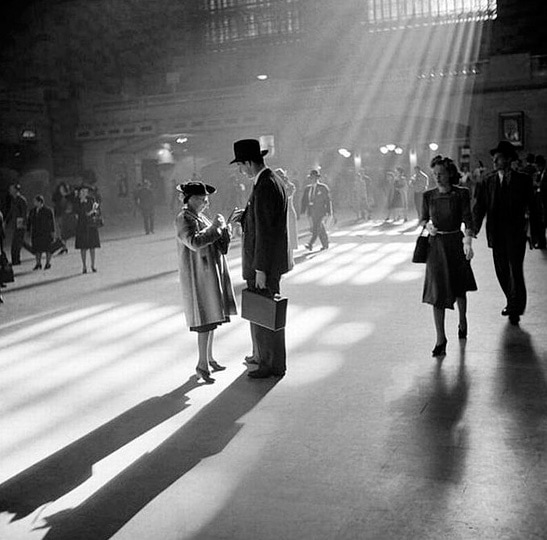
Berenice Abbott’s skill in using the camera to honestly represent her subjects has secured her place as a key figure in the history of portrait photography. Her clear, forthright photographs give us a window into past narratives and moments, affirming photography’s essential role in chronicling and preserving our culture and society’s story.
Books by Berenice Abbott:
3. Cindy Sherman (1954 – )
Cindy Sherman stands out as a celebrated American photographer whose works have notably influenced contemporary art. Her art has been a fixture at the Museum of Modern Art for over thirty years, highlighting her status as a major figure in the post-war era.
She is renowned for her self-portraits, where she takes on roles from old movies, particularly those from film noir and European “auteur” cinema of the ’50s and ’60s. This approach allows her to dive deep into the classic images and roles that shaped how women were seen in that era.

One of her most famous works is the “Untitled Film Stills” series, created between 1977 and 1980. It includes 69 black-and-white photographs, where Sherman portrays various female stereotypes from 20th-century pop culture. Each photo is a scene where Sherman acts as both the character in the image and the artist behind the camera.
This dual role is a deliberate part of her art. It makes us think about her message and the social issues she’s aiming to discuss. Sherman’s work blurs the boundaries between reality and fiction, questioning the roles women are often given in media and society.

Through her creative expression, Cindy Sherman has expanded the concept of what it means to be a woman photographer. Her work is not just about taking pictures; it’s about telling stories and challenging ideas. Her impactful portraits have opened up new ways for artists to explore and express themes of gender and identity.
Books by Cindy Sherman:
4. Diane Arbus (1923 – 1971)
Diane Arbus carved a unique niche in art history as an American photographer with a focus on those on the fringes of society. Her work offers an unflinching look at a segment often overlooked by the mainstream – from dwarfs and giants to nudists, and circus performers, captured a part of humanity that was often unseen by the public eye.
Diane Arbus is sometimes compared to poet Sylvia Plath because of the emotional depth of her work and her own tragic fate, as she ended her life at the age of 48. Arbus’s influence in photography is profound and lasting.
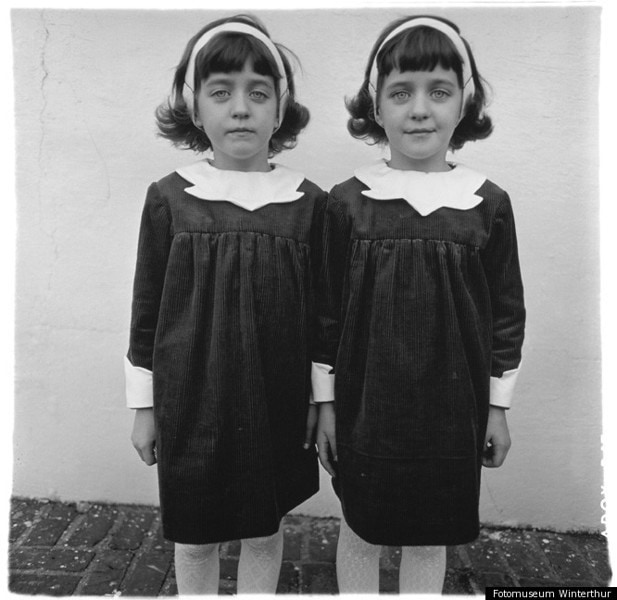
The world’s recognition of Diane Arbus’s extraordinary work owes much to John Szarkowski, the influential curator at the Museum of Modern Art. Szarkowski placed Arbus in the spotlight by presenting her work in the context of “A New Generation of Documentary Photographers,” along with contemporaries Garry Winogrand and Lee Friedlander.
Arbus is celebrated for her ability to connect closely with her subjects. She captured them in a way that separated them from their usual context, highlighting their personal stories and distinctiveness. This approach gave her portraits a surreal and gripping quality that compels viewers to engage with the images on a deeper level.
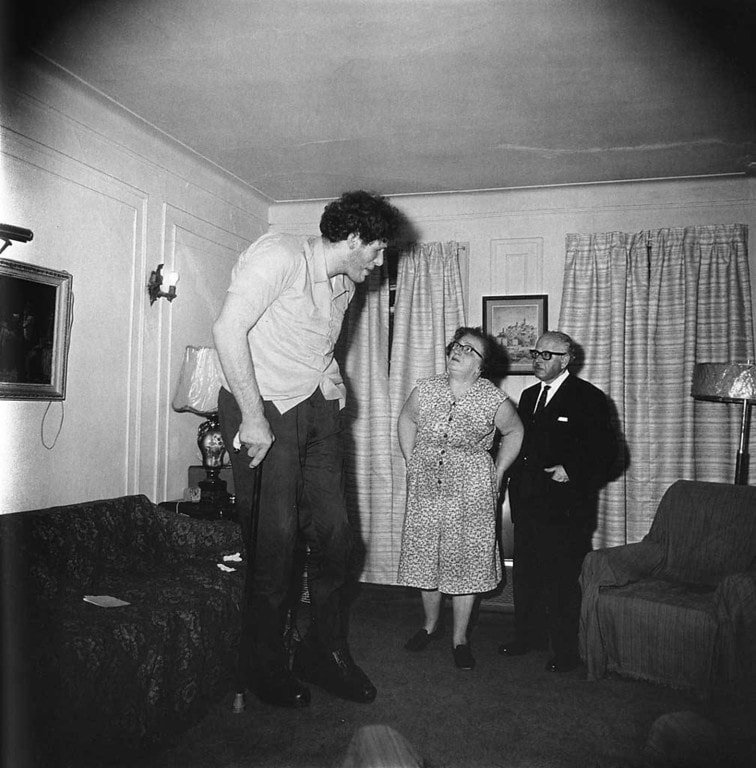
In the annals of photography history, Diane Arbus’s work remains a standout for its evocative portrayal of individuality against the backdrop of society. Her photographs invite introspection and empathy, reminding us of the complexity and diversity of the human condition.
Books by Diane Arbus:
5. Dorothea Lange (1895 – 1965)
Dorothea Lange is a pivotal figure in the history of documentary photography, celebrated for her impactful photojournalism during the Great Depression. Her commitment to capturing the struggles of the era through her work with the Farm Security Administration (FSA) has left an enduring legacy in the annals of photography.
Lange’s approach to documentary photography was characterized by its deep humanity and focus on the social issues of the 20th century. Her ability to convey the emotions and conditions of her subjects led to some of the most powerful visual narratives of the time.
Among her body of work, “Migrant Mother” stands out as a masterpiece of documentary photography. This iconic image, depicting the worn yet resilient face of a mother surrounded by her children, speaks eloquently of the hardships faced by the American working class during the Depression era. It remains one of the most recognized and poignant symbols of that period in history.
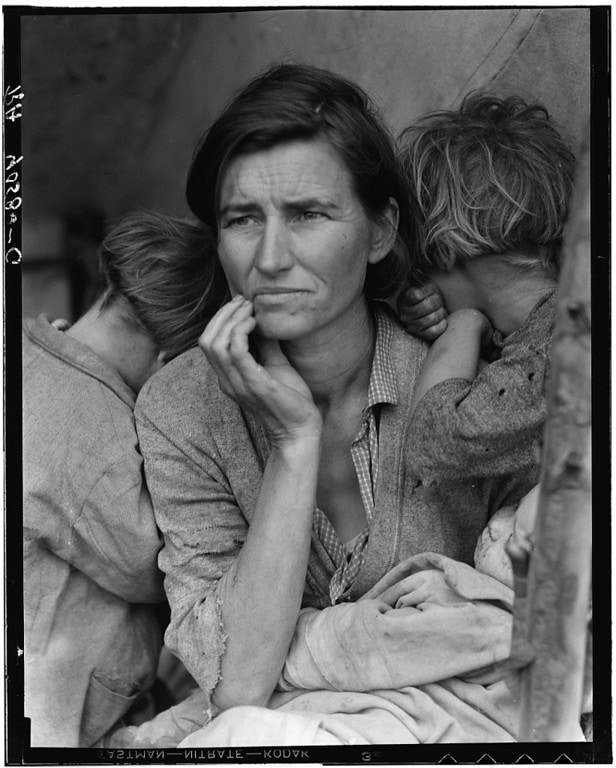
Lange’s photography extends far beyond aesthetic appeal; it serves as historical documentation of the lives of ordinary people in extraordinarily challenging circumstances.

Her work compels viewers to confront the reality of those times, ensuring that the stories and experiences of those she photographed are not forgotten. In this way, Dorothea Lange’s contributions go beyond art; they are woven into the very fabric of our understanding of American history.
Books by Dorothea Lange:
6. Francesca Woodman (1958 – 1981)
Though not among the most famous female photographers, Francesca Woodman has an undeniable and unique talent that has carved a niche for her within the realm of photography history. Born to a family of artists, she grew up immersed in the world of American photography, absorbing the influences of her parents, George and Betty Woodman, who now manage her archives, which include approximately 800 images.

While her life was tragically short, with her passing at the tender age of 22 in 1981, Woodman’s photographic legacy is profound. She is primarily known for her evocative self-portraits, which capture a raw and revealing relationship between the photographer and her medium. Woodman’s work is characterized by an open, almost confessional attitude toward the camera, often using blurred movement and long exposures to explore themes of self, presence, and absence.
Although her catalog of publicly known work is relatively limited—with only 120 of her images having been displayed in exhibitions or published in books—her contribution to photography continues to receive widespread praise and scholarly interest. Her unique visual language in her self-portraits and other conceptual photographs has influenced and been studied by artists and critics alike, marking her as a significant figure in the field.

In a life and career cut far too short, Francesca Woodman made an indelible impact on art and photography. Her distinctive style and her contributions continue to captivate and inspire, ensuring her place in photographic history despite her brief presence in the art world.
Books by Francesca Woodman:
7. Gerda Taro (1910 – 1937)
Gerda Taro holds a remarkable place in history known as the first female war correspondent and photojournalist. Taro, originally named Gerta Pohorylle, adopted an alias to pursue her passion for photography during the war. Her work now stands as a powerful reminder of the human stories behind warfare.
As a courageous pioneer, Taro was the first woman to capture the reality of a conflict zone through her lens. Her dedication to her craft was profound, and she is also sadly remembered as the first female to lose her life while reporting from the front lines.

Taro worked closely with Endre Ernö Friedmann, a fellow photojournalist with whom she shared a romantic relationship, under the collective name of Robert Capa. This shared identity led to some confusion regarding the true authorship of certain photographs, making Taro’s contributions occasionally difficult to identify.
The camera formats they used often provide clues: Taro typically shot her images on a 6×6 medium format camera, while Friedmann preferred a 35mm camera. Although there may have been instances where they shared cameras, this difference helps attribute specific photos to Taro.
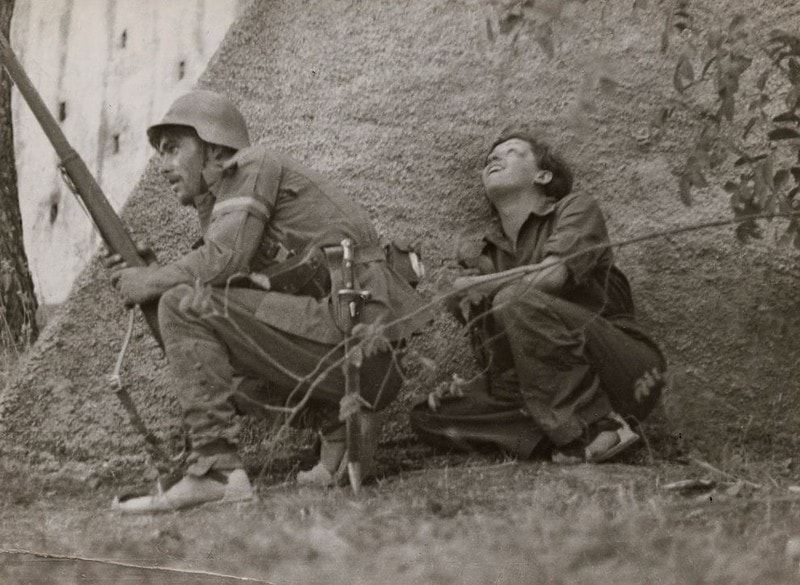
Friedmann’s brother, Cornell Capa, continued to celebrate Taro’s memory through the International Center of Photography, which published and exhibited some of her exceptional work. Additionally, Taro’s legacy has reached beyond the photography community with musical tributes like the song by Alt-J, and documentaries, such as “The Mexican Suitcase,” which explore her contributions alongside contemporaries.
Gerda Taro’s pioneering work as a female war photographer has secured her an enduring legacy. Her fearless approach in documenting the trials of war opened the door for female photographers in the field and ensured that her name would forever be etched in the annals of photography history.
Books by Gerda Taro:
8. Helen Levitt (1913 – 2009)
Helen Levitt is renowned as a street photographer who had a special talent for capturing humor in everyday scenes. As an American photographer, Levitt’s work went beyond simply taking pictures on the street; she was a master at revealing the playful and spontaneous moments of city life.

Often celebrated yet not widely known among the public, Levitt earned the title of being one of the most significant yet underrecognized female photographers of her time. She wasn’t just a pioneer in street photography; she also led the way in using color film long before it became a common choice in the genre. Her work contributed to the ongoing debate about whether street photography should be in color or remain in traditional black and white.
Levitt won a prestigious Guggenheim grant, which is a sign of high esteem in the photography community. With this support, renewed for a second year in 1960, she had the invaluable opportunity to document her hometown, New York City. Levitt met the grant’s expectations head-on, producing hundreds of images that marked a significant shift from black and white to color.
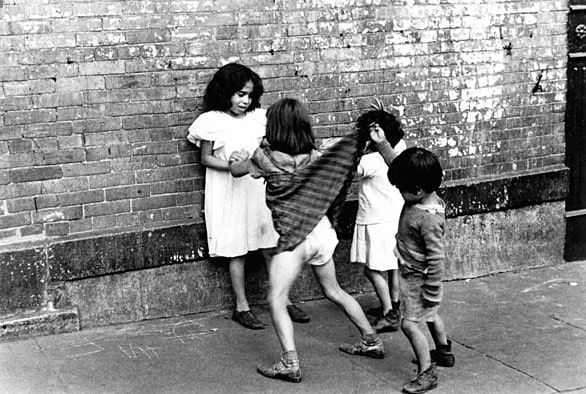
Levitt’s influence on photography is significant for capturing the genuine character and humor of street life, as well as for her early adoption of color film. Her legacy in photography not only records the essence of urban life during her time but also continues to influence and inspire street photographers today.
Books by Helen Levitt:
9. Imogen Cunningham (1883 – 1976)
Imogen Cunningham, celebrated for her botanicals, nudes, and industrial landscapes, stands out among famous photographers. A member of the f/64 group, she was a trailblazer in promoting crisp, detailed photographs.

Her place as one of the earliest professional female photographers showcases her dedication to the art. She explored a variety of photography areas, showcasing exceptional versatility.
Cunningham had a keen interest in human subjects, often capturing artists in relatable settings. Her industrial landscapes conveyed a sense of the human touch within those environments.
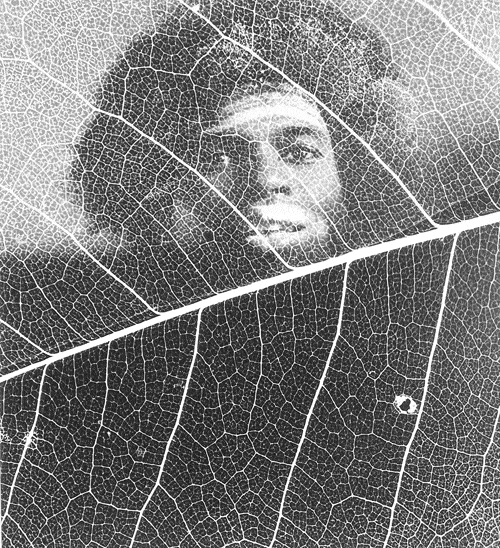
Her name is often mentioned alongside other greats like Ansel Adams and Dorothea Lange, solidifying her legacy in the world of photography. Her continued influence encourages photographers to pursue depth and truth in their work.
Books by Imogen Cunningham:
10. Margaret Bourke-White (1904 – 1971)
Margaret Bourke-White is regarded as one of the most important photojournalists in North American history. Her commitment to capturing industrial growth and her political awareness won her the first major commission from Fortune magazine back in 1930.
Bourke-White’s career took a turn during World War II when she served as a war correspondent. She documented the harsh realities of war, and her images from the liberation of concentration camps changed the way people saw the impact of war around the world.
Her work gained another dimension when LIFE magazine sent her to India in 1946. There, she photographed the country’s path to independence, and her famous picture of Gandhi with the spinning wheel became a powerful symbol of India’s fight for sovereignty.
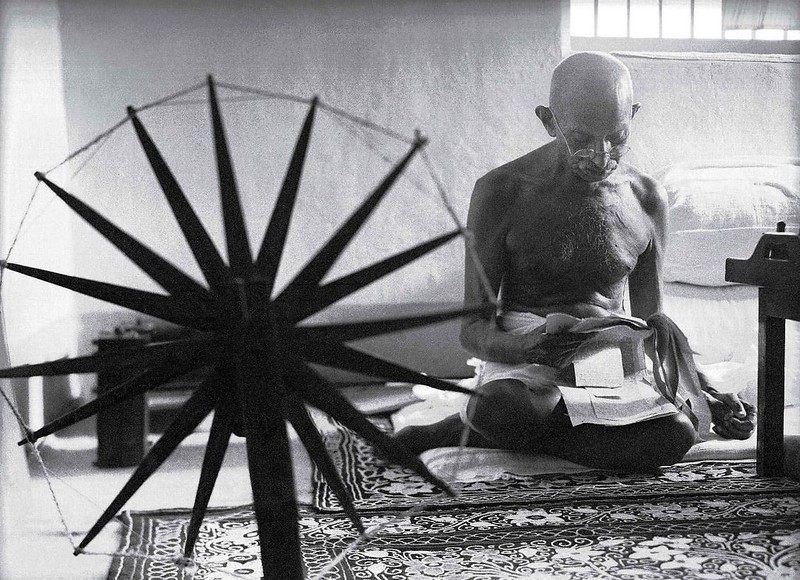
Through her direct and fearless style, Margaret Bourke-White made a lasting mark on the history of photography. Her pictures did more than show scenes; they told important stories and evoked strong feelings, helping to define her as a leading figure in photojournalism.
Books by Margaret Bourke-White:
11. Mary Ellen Mark (1940 – 2015)
Mary Ellen Mark was a distinguished American photojournalist, known for her work documenting those living outside the mainstream of society. Her signature project, “Streetwise,” offers a stark look into the lives of street kids and has become a landmark in social photography.

Her work reached broad audiences through renowned publications like LIFE, Rolling Stone, The New Yorker, and The New York Times. For a significant five years, she was also part of Magnum Photo Agency, which helped showcase her photography globally.
While Mark’s role was that of a photojournalist and documentary photographer, her images break through those boundaries. They are deep dives into the lives of her subjects, showing the human side of social struggles and issues from her time. This approach gives her photos a powerful authenticity that goes beyond what we usually see in the news.
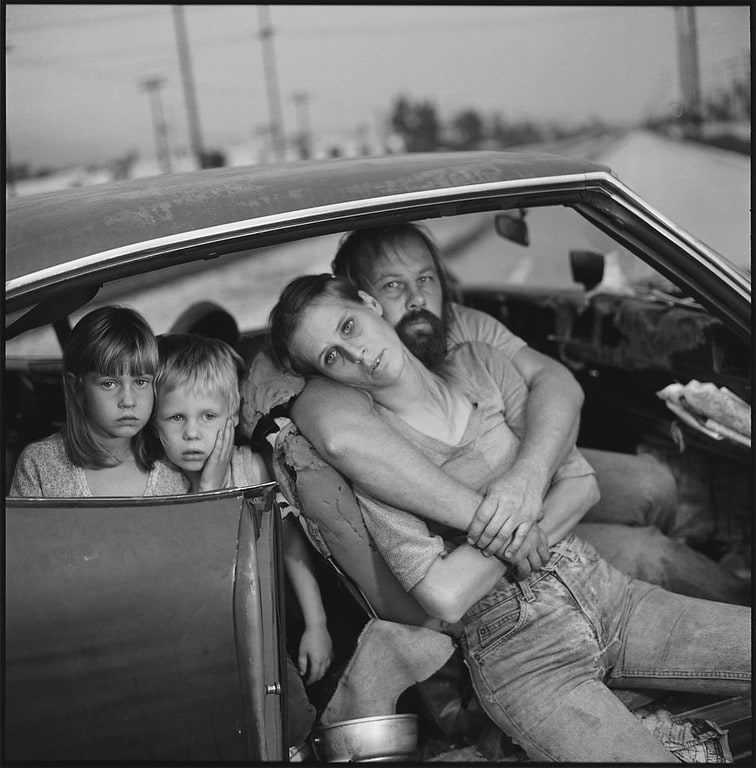
Mark’s photographs bring to light the personal stories often lost amid cold statistics. They give a voice and a face to those less seen and heard, ensuring their stories are not forgotten. Her commitment to capturing real life has left a lasting imprint on the history of photography.
Books by Mary Ellen Mark:
12. Sally Mann (1951 – )
Sally Mann is a celebrated figure in the realm of fine art photography, known for her portraits that capture life’s mysterious qualities. Her favored technique involves using large format cameras to create striking black and white images that often challenge the viewer with their unconventional beauty.

Mann’s broad range of subjects, from atmospheric landscapes to the private moments of her family life, showcases her versatility. She is particularly recognized for portraying her family, using her own children as the central figures in her work.

In her renowned series “Immediate Family,” Mann shares candid scenes of her young children. These photos, which include images of them nude and engaged in everyday activities like eating and playing, convey a sense of unguarded honesty.

Sally Mann’s contributions to photography are characterized by her willingness to explore sensitive and intimate subjects. Her poignant depictions have made her an influential voice in contemporary photography, offering a perspective that weaves together the personal and the universal in a tapestry of visual storytelling.
Her work continues to resonate by capturing the fragile, fleeting nature of childhood and family bonds.
Books by Sally Mann:
13. Susan Meiselas (1948 – )
Susan Meiselas is a recognized American documentary photographer whose powerful images have graced the pages of prominent publications like The New York Times and Time magazine. A member of the Magnum Photo Agency since 1980, she has won prestigious awards such as the Robert Capa Gold Medal and a MacArthur Fellowship.
One of the most famous photos titled “Molotov Man” captured by Meiselas became an emblem of rebellion, first resonating with the revolutionary spirit in Nicaragua. This image has become a symbol of protest and fight for freedom, much like the iconic works of photographer Alberto Korda.
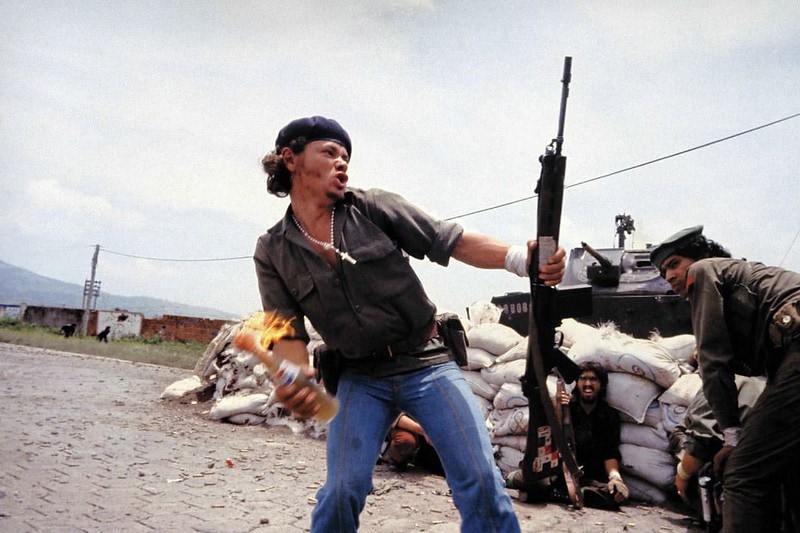
Meiselas has also made significant contributions with her coverage of critical historical events, including the El Mozote Massacre during the Salvadoran Civil War.
In addition to her global impact, her work “Carnival Strippers” offers a close look at an American subculture by following women in traveling shows from 1972 to 1976.

Through her compelling storytelling and captivating images, Susan Meiselas has made a lasting mark on photography history. Her dedication to detailed, honest portrayal of her subjects has carved out her place as a significant figure in documentary photography.
Books by Susan Meiselas:
14. Tina Modotti (1896 – 1942)
Tina Modotti, an Italian-born photographer, earned her place among important photographers through her profound work in Mexico. Her photography is a fusion of personal artistic expression and the vivid tapestry of Mexican culture, infused with the evolution of her political beliefs.
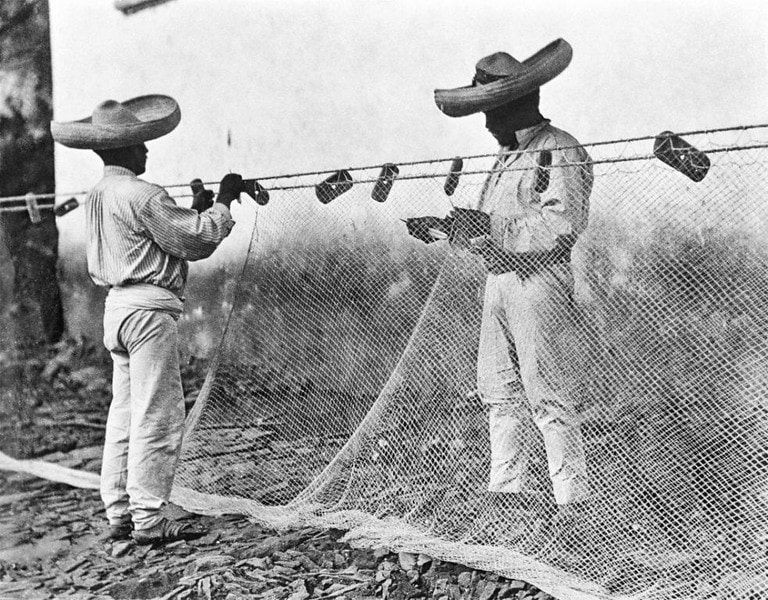
During her time immersed in Mexico’s avant-garde circles, Modotti captured the nation’s cultural and political landscape post-revolution with her camera. Her photographs created a vital record of this transformative period.
Modotti’s work is marked by her effort to weave together aesthetics and politics, presenting them with a unique elegance that few could match. Her most iconic image, “Worker’s Parade,” stands testament to this balance, blending artistry with a powerful social message.
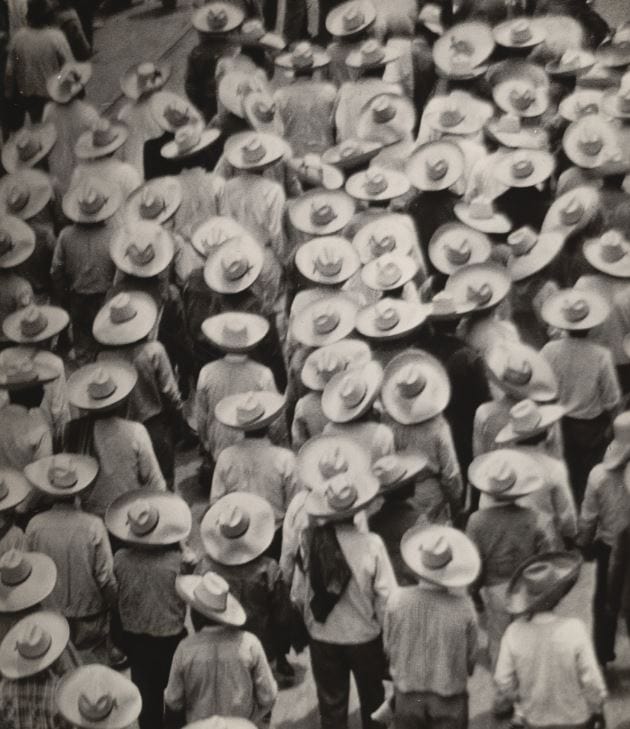
Tina Modotti’s contribution to photography history extends beyond her images. Her style exemplifies how photography can be a vehicle for both beauty and statement-making, leaving a legacy that continues to inspire and resonate within the world of visual art.
Books by Tina Modotti:
15. Vivian Maier (1926 – 2009)
Vivian Maier is now considered an important female photographer, but during her life, nobody knew her for her photography. She worked as a nanny and only took photos in her spare time. With over 150,000 photos taken, Maier’s work has altered the perception of street photography, showing why it’s essential to keep exploring history.
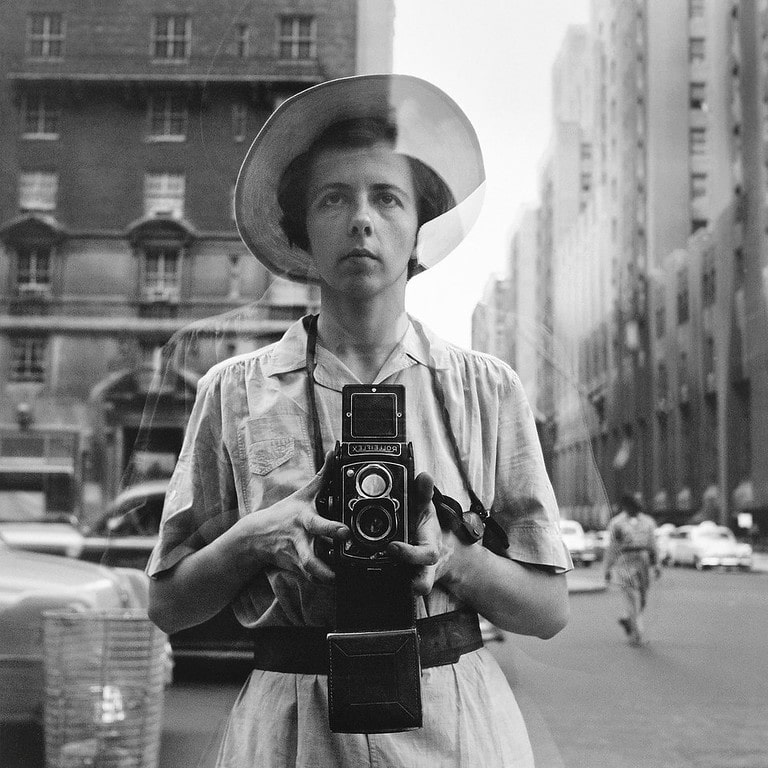
Maier’s vast collection of photos stayed private until after her passing. Discovered by John Maloof, her striking photographs were shared with the public for the first time, allowing everyone to appreciate her talent.
The documentary “Finding Vivian Maier” delves into her life and the discovery of her photos, sparking conversations about the ethics of sharing such personal work after an artist’s death.

Despite being unknown in her lifetime, Maier’s contribution to photography is now undeniable. Her candid street scenes are valued for their authenticity and the unique perspective they offer on everyday life.
Books by Vivian Maier:
16. Nan Goldin (1953 – )
Nan Goldin, an American photographer and an important female figure in the field, is known for her candid documentation of her own life and those of her friends. Growing up in Boston and starting photography at just 15, she later refined her skills in Boston’s School of the Museum of Fine Arts.
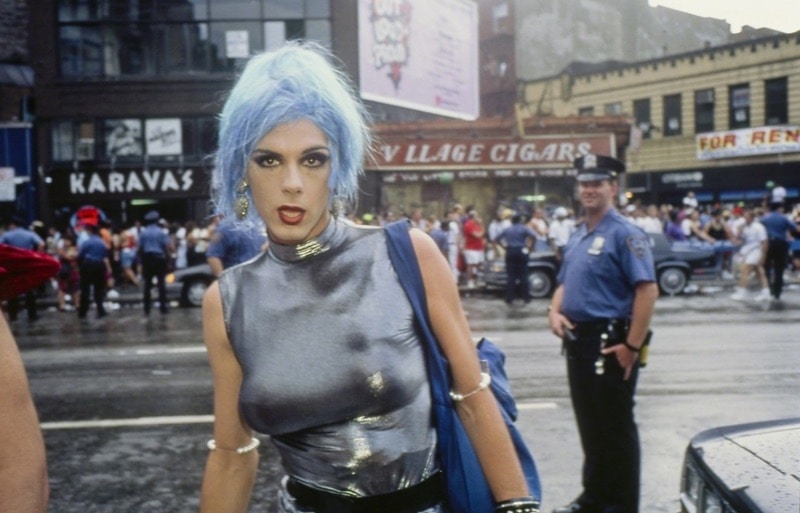
Goldin gained fame with “The Ballad of Sexual Dependency,” a personal visual diary highlighting life in 1980s New York City. Her photos are often raw, taken in low-light settings, which adds a gritty, realistic feel.
She stood out in the School of Boston, making a name for herself with her truthful depictions of love, sexuality, addiction, and LGBT experiences. Her work captures the intimate details of these relationships, making her subjects feel trustingly close to the lens.
One profound piece, “Nan One Month After Being Battered,” shows the impact photography can have in shedding light on personal and societal issues like violence.

Goldin’s work, influenced by fashion and art photography alike, has been displayed in exhibitions worldwide, earning critical acclaim. She remains an activist, using her work to support LGBTQ rights and HIV/AIDS awareness.
Books by Nan Goldin:
17. Claude Cahun (1894 – 1954)
Claude Cahun, born Lucy Renee Mathilde Schwab, made her mark as a French photographer and portrait photographer with a unique voice in the Surrealist movement.
Cahun’s style is characterized by the surrealism movement’s playfulness and depth, challenging traditional perceptions of self-image. Her self-portraits often included costumes, masks, and theatrical expressions that questioned gender roles and identity, making her a pioneering figure of gender exploration in art.
Influential portrait photographers such as Cindy Sherman and Francesca Woodman have drawn inspiration from Cahun’s inventive and introspective work. Cahun’s contribution to photography history extends beyond the images left behind, influencing generations of artists to come.
Tragically, during the Second World War, Cahun’s resistance activities against the Nazis led to her arrest and imprisonment. After these events, much of the artist’s oeuvre was destroyed. However, the surviving work continues to garner interest and admiration, securing Claude Cahun’s place as a profound and innovative figure in the world of photography.
Books by Claude Cahun:
18. Julia Margaret Cameron (1815 – 1879)
Julia Margaret Cameron is celebrated for her black and white photographs that brought a unique softness to the early art of photography. In an era when photography was still in its infancy, Cameron took to the medium with a creative fervor that set her apart from her contemporaries. Starting at the later age of 48, she quickly made a name for herself with her distinctive style.
Her portraits, often of family, friends, and prominent Victorians, were unusual for their time. She embraced a soft focus and closely framed her subjects, creating a dreamlike quality, unlike the crisp images that were standard in her day.
Cameron’s work stood out because it challenged the norms of Victorian photography, showing that imperfections could add depth and emotion to images. Her method added a painterly feel to her photographs, which was both innovative and influential.
Through her art, Cameron paved the way for future photographers to experiment and push the boundaries of their craft. Her contribution to the history of photography is profound, and her legacy endures as a testament to the power of creative vision.
Books by Julia Margaret Cameron:
19. Rineke Dijkstra (1959 – )
Rineke Dijkstra is a contemporary photographer from the Netherlands. She’s known for her color portraits that are simple yet powerful, often placing her subjects against plain backgrounds to let their personalities shine through.
Her style is straightforward. Dijkstra captures her subjects in a way that feels both personal and universal, paying close attention to details like expression and stance.
Although she is not known for black and white photographs, her work has the same clear, impactful quality. Dijkstra’s portraits, especially series like her beach portraits and studies of adolescence, have made her an important part of modern photography.
Through her photos, Dijkstra tells stories about growth and identity. Her contribution to photography offers a fresh perspective on how we see each other, earning her a place in the history of the art form.
Books by Rineke Dijkstra:
20. Lee Miller (1907 – 1977)
Lee Miller, an American photographer and Surrealist artist, left a bold imprint on photography. Originally a model and famous muse for Man Ray, she quickly became known for her own artistry with a camera.
Her photography combined the dreamy essence of Surrealism with the clear, sharp images her Leica camera could capture. This unique blend allowed her to produce everything from elegant fashion shots to powerful wartime photos.
Among her most notable works were the compelling images taken during World War II. As a photographer, Miller was not confined to one style; she could capture anything from the architecture of the Eiffel Tower to the raw emotions of conflict.
Lee Miller’s versatility and fearless approach to photography carved out her place in history. Her work continues to inspire, showing the power of photography to capture the surreal and the real, the beautiful and the brutal.
Books by Lee Miller:
21. Gisèle Freund (1908-2000)
Among the acclaimed photographers of the 20th century, Gisèle Freund stands out as one of Europe’s most famous. Born in Germany, Freund made an indelible mark on photography history as a celebrated portrait photographer. Her forte was capturing the essence of some of the most prominent figures of her time.
Her approach to photography was both elegant and personal. She had a talent for revealing the character of her subjects, creating portraits that felt both insightful and genuine.
Freund’s camera captured the likenesses of some of the era’s most influential figures. Iconic artists and thinkers like James Joyce, Vladimir Nabokov, Evita Perón, Frida Kahlo, and Simone de Beauvoir were among those immortalized through her portraits.
Her contributions to photographic history are significant, with her works offering a deeper look into the lives of those she photographed. Gisèle Freund’s photographs continue to be a source of inspiration, painting a vivid picture of the people who shaped cultural and intellectual history.
Books by Lee Miller:
Famous Female Photographers | Conclusion
In conclusion, these 15 famous female photographers have made an incredible contribution to the art of photography. They have pushed boundaries and challenged norms to create stunning works of art. We can all learn from their example and continue to support female photographers in their endeavors.







